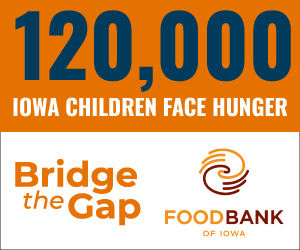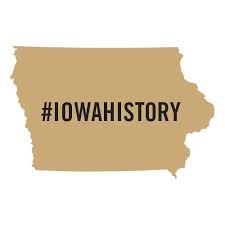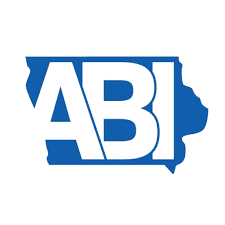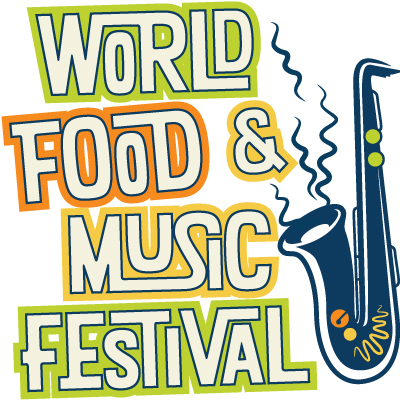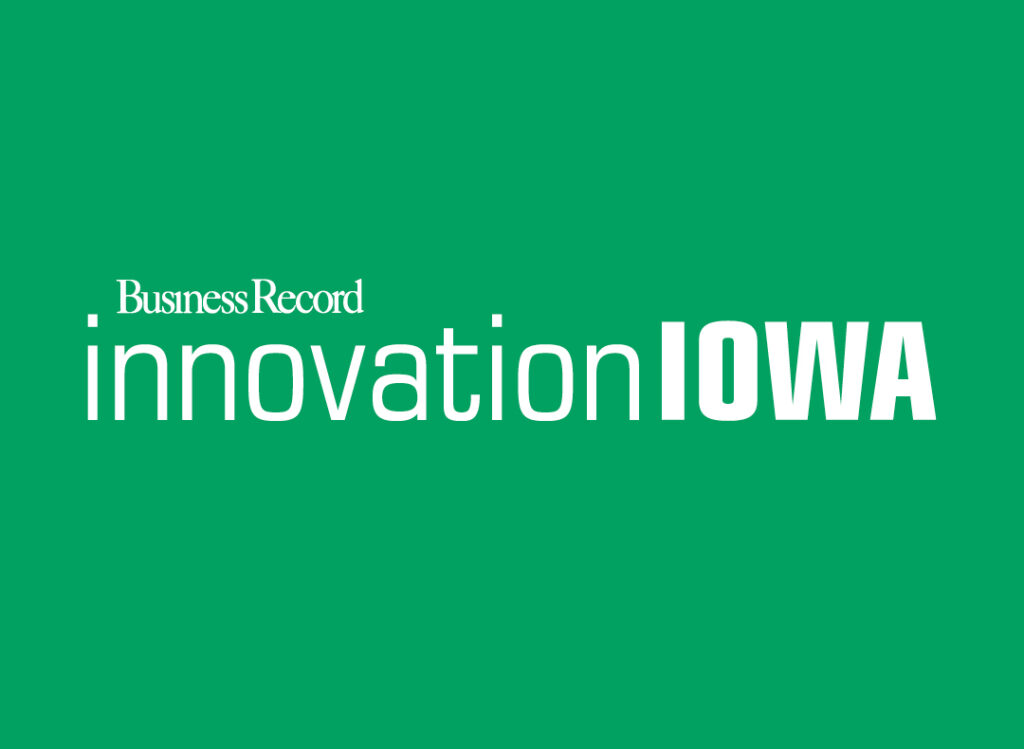Des Moines photographer launches Black Lives of DSM

KATE HAYDEN Sep 1, 2020 | 9:15 pm
5 min read time
1,095 wordsArts and Culture, Business Record Insider
You can read about the day Renee Hardman was sworn in as an elected city official for West Des Moines. You can also read about a little green electrical box that marked the neighborhood meeting spot for a young Black woman growing up with her friends, or how another woman arrived in Iowa from Kenya as a child seeking a lifesaving surgery — then watched her father struggle through severe brain damage after an attack.
These are the kinds of stories that photographer Janae Gray hopes to amplify through her Facebook page Black Lives of DSM, a portrait project that publishes first-person accounts of the Black individuals leading Black Lives Matter and other civil rights movements in Des Moines and the metro suburbs.
“I felt like there wasn’t really a space that gave clarity on the actual people of Des Moines and the actual stories of events that are happening. I thought this would be a great space to use visuals with photography, creating portraits and showcasing events,” Gray said.
Below, Gray shares the project’s inspiration and why she believes that archiving these stories matters.
Why did you start Black Lives of DSM?
I grew up in West Des Moines — I went to Dowling Catholic High School, stayed in town, went to DMACC and finished at Grand View [University]. What really spurred this for me was a lot of the movements that were happening — the marches, protests, things of that nature. There was one that they had out in West Des Moines, and that kind of brought the movement to the suburbs.
It really spurred the thought that all these people can come together for this large, like-minded movement. However, each person that shows up has a different individual story of why they felt compelled to come and support, to take part of it.
It really opened my eyes — by using the power of storytelling and by sharing experiences, it can really drive connections, create conversation and build bridges across different communities.
Who have you featured so far?
It’s a vulnerable thing to do, to share your story and break down any walls or barriers that you have.
I went to a few events, and there were people who were speaking. A few of the first stories that we shared were actually poems, because that was the kind of format that people were using. They were just speakers that were willing to share with the masses of the people that were there, their thoughts, their experiences. I reached them first thinking, “If they’re willing to share to all these strangers, can I help you reach people who aren’t here?”
One of my most recent [profiles] was Renee Hardman. She has a phenomenal story, but she’s also very ingrained in the community with Big Brothers Big Sisters; she broke West Des Moines history being the first African American woman to serve on the City Council. Then also, there’s youth that are strong voices within our community that are very connected and people look up to them and listen, who share their experiences.
How do we connect those stories to people in the Des Moines system, or the Waukee system, or any other area? Finding these people that have a story to tell and are willing to share their story is really helping other people see and hear what they’re going through.
How do you choose what to share from your interviews?
Some people are specific and they want to share something. I had one gal who said, “I specifically want to talk about this spot, can you meet me here?” I met her there and took her portrait, and she told me about it. But other people, it’s just a conversation, it’s asking questions, getting to know why they’re here, what the movement means to them, why they’re proud to be Black, what their blackness means to them.
By having those conversations and actually asking some of those candidate questions, stories come out of those — some people don’t always share those in a normal conversation or everyday life. A stranger or a community might not know something that they’ve been through. A lot of those experiences come out [as] people are reflecting and being asked those questions specifically.
If it’s going to be moving to us, it’s going to be moving to someone else as well. … We try to bring a little bit of substance and context to their background in what led them to a certain experience or event.
Why do people choose to
take part?
There’s different pieces of this movement. There’s protesting, there’s lobbying, writing letters, being part of the systematic issues, voting, there’s so many different things that come into this. But I think people feel like there is power in sharing their words and experiences. We tell them we just want to share stories of Black people in Des Moines, and I think it’s just a niche that isn’t being fulfilled in any other way right now. A lot of people are open to having that documented.
We have a lot of goals for this project as well, to not just live on the internet or on a social profile. We hope that we can work with maybe the historical society and somehow archive them so that in 20 years, 30 years the generation that comes after us in Des Moines can look back and see these kinds of things. It’d be beautiful if we had that from the movement that happened in the 1960s, but we don’t. There’s a few things out there, but there’s not really a first-person storytelling of how they feel, or where they came from, or why they feel part of this movement right now.
Do you have other goals for these stories?
Once we get a lot of different viewpoints of different people, we will be able to make collections. I would love to have a collection of stories or children’s stories, and get something published. … I think it would be beautiful to have some of these stories put in the school system, into their curriculum, to be able to understand the stories within their community and the experiences that are here.
We talked about creating some exhibits and doing some art installations around the community. … We are trying to find ways that we can collaborate all of those things together into a whole event or experience, and be able to mobilize that and take that to the suburbs so they can be experienced as well.


